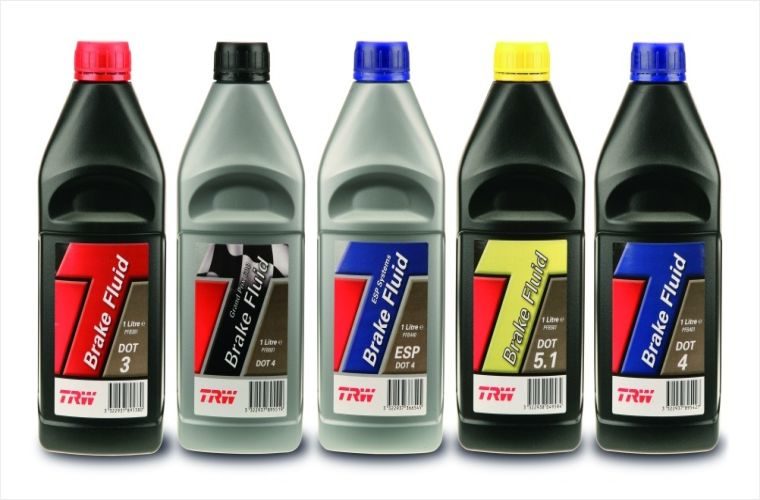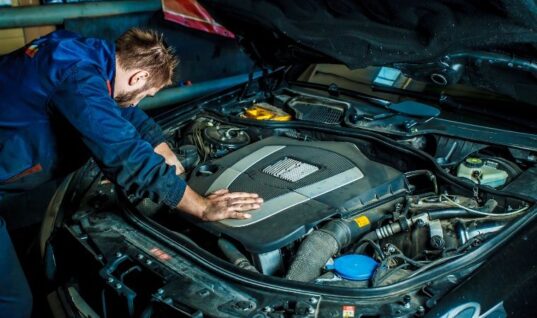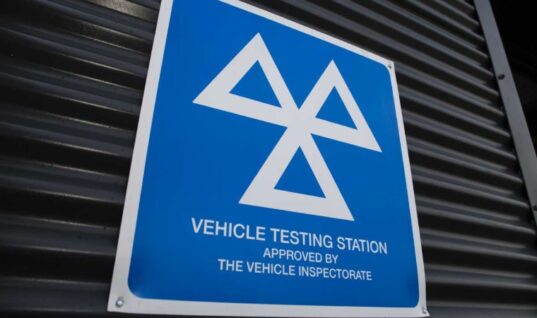ZF Aftermarket says that the quality of brake fluid is crucial for optimum brake function: the more water that has entered the brake fluid system over time, the faster the boiling point of the brake fluid is reached, leading to vapour bubbles and, in the worst case scenario, to complete failure of the brake system.
ZF Aftermarket experts therefore recommend that workshop partners raise awareness of this topic and encourage their customers to change the fluid regularly.
Manufacturers recommend annual replacement of DOT 3 brake fluids, which are often found in older vehicles, and that DOT 4 and DOT 5.1 fluids are changed at least every two years.
Drivers fear “stepping into the void” – stepping on the brake pedal, feeling no resistance and experiencing none of the expected braking effect, a frightening scenario which could be caused by the condition of the brake fluid.
Depending on the type and duration of use, the fluid properties can change, reducing its effectiveness.
ZF Aftermarket experts have provided tips on how to check the current condition of the brake fluid quickly and reliably.
With these, workshops can offer their customers a wider range of services, helping to contribute towards a safer drive.
Severe overheating can lead to total failure
The brake fluid fills a pipe that connects the brake pedal to the pistons of the disc brake or the brake cylinders of the drum brake.
When the pedal is depressed, the fluid transfers the pressure and thus supports the effect of the brake booster and ultimately the actual braking action.
Various influences can greatly affect the condition of the liquid over time, for example severe overheating while applying the brakes over an extended gradient can cause the boiling point of the liquid to be exceeded.
The result is an evaporative reaction, which in turn can lead to the formation of bubbles.
When the pedal is then depressed once more, the air bubbles are compressed, but the braking force greatly reduced and in some cases not transmitted at all.
The lack of power transmission ultimately leads to a brake failure.
Another reason for a faulty braking effect can be ingress of water into the brake circuit.
The weak point here is often the ventilation hole in the cover of the overrun tank, which provides the necessary atmospheric ventilation in the event of fluctuating brake fluid levels.
However, atmospheric humidity can also be drawn in through this ventilation hole.
In addition, water can make its way into the overrun tank through the ventilation when the engine is washed or the vehicle is cleaned.
The brake hoses and sealing elements can also be responsible for increased water content in the brake fluid, as water can diffuse through them.
Experience has shown how important this topic is: Experts of the ZF Aftermarket TRW brand estimate that the water content of three out of five vehicles currently in operation exceeds the recommended safety limits.
Too much water in the brake fluid also causes corrosion in the brake system.
Brake pipes, pistons and cylinders must then be replaced at high cost. Regularly changing the brake fluid thus ultimately saves money for the driver.
Convincing service portfolio for workshop partners
Under the TRW product brand, ZF Aftermarket offers its partners not only a broad portfolio of OE quality products for the braking system but also a range of comprehensive services – from bespoke tools and practical training courses, through to technical information.
All products can be ordered through ZF Aftermarket’s wholesale partners.
To find out more, follow the ‘more details’ link.







